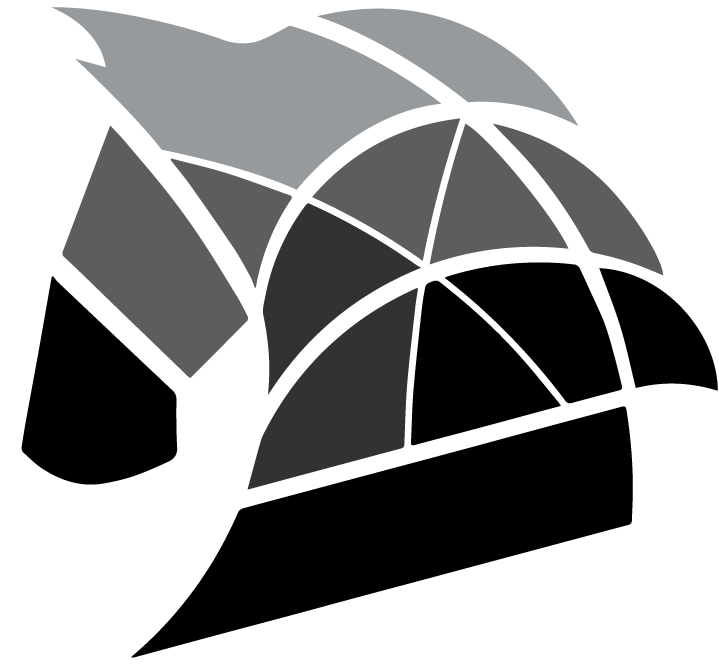Perfect Horse Farm Design
Education and Training Areas
Perfect Horse Farm Design, Training and training areas on horse farms should be designed to support the physical and mental development of horses:
Riding Arenas: Indoor and outdoor riding arenas offer the possibility to train in various weather conditions. Indoor arenas allow horses to train year-round and can be used even in bad weather conditions. Outdoor arenas offer a larger training area with natural light and air. The floor of the arenas should be soft but firm so as not to damage the horses’ legs. Paddocks: Large paddock areas should be created where horses can run freely and release their energy. It is important that the paddocks are safe and well fenced. In addition, paddocks should have shaded areas and water bowls. Regular cleaning and maintenance of paddocks is essential for the health of the horses. Exercise Areas: Swimming pools, walking paths and other exercise areas help horses to maintain their general health and condition. Swimming pools provide low-impact exercise for horses’ joints and muscles. Walking paths allow horses to get regular exercise and move in natural surroundings. Extra training equipment such as climbing hills and obstacles can also be used in exercise areas. Round Pens: Round pens are used especially for training young horses. These areas allow horses to train in a controlled environment and help the rider to build a closer relationship with the horse. The diameter of the round manege should usually be between 15-20 meters and the floor should be covered with a soft, non-slip material. Endurance Trails: Special tracks can be created to increase the endurance of horses. These courses include various ground conditions and natural obstacles and challenge the physical capacity of horses. Endurance courses help horses to gain strength and improve their condition.
Safety and Health
Safety and health measures in horse farm design are critical to ensure the safety of horses and people:
Fences and Barriers: Sturdy and secure fencing should be used to prevent horses from escaping. Fences should be high enough to prevent horses from jumping over them and their spacing should be designed so that they do not pinch horses’ heads or legs. Fences should also be regularly checked and maintained.
Fire Safety: Stables should be equipped with fire alarm systems and fire extinguishing equipment. Fire alarm systems should be sensitive to smoke and heat and in the event of a fire, they should quickly notify the authorities and prevent potential disasters.
Ecological and Sustainable Design
Sustainability is becoming increasingly important in modern horse farm design:
Water Management: Rainwater harvesting systems and efficient irrigation methods help conserve water resources. Energy Efficiency: Solar panels and energy-efficient lighting systems lower energy costs and reduce environmental impact. Natural Materials: An eco-friendly farm can be created by using natural and recyclable materials.



